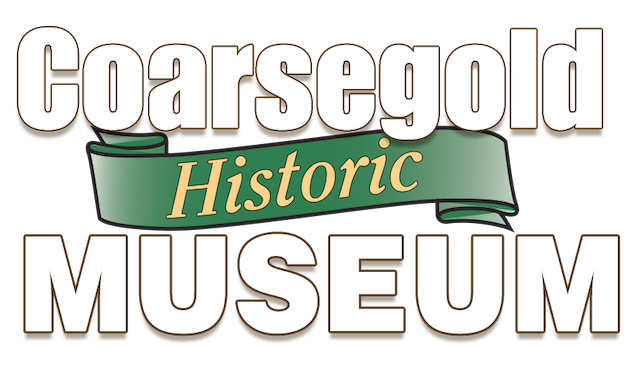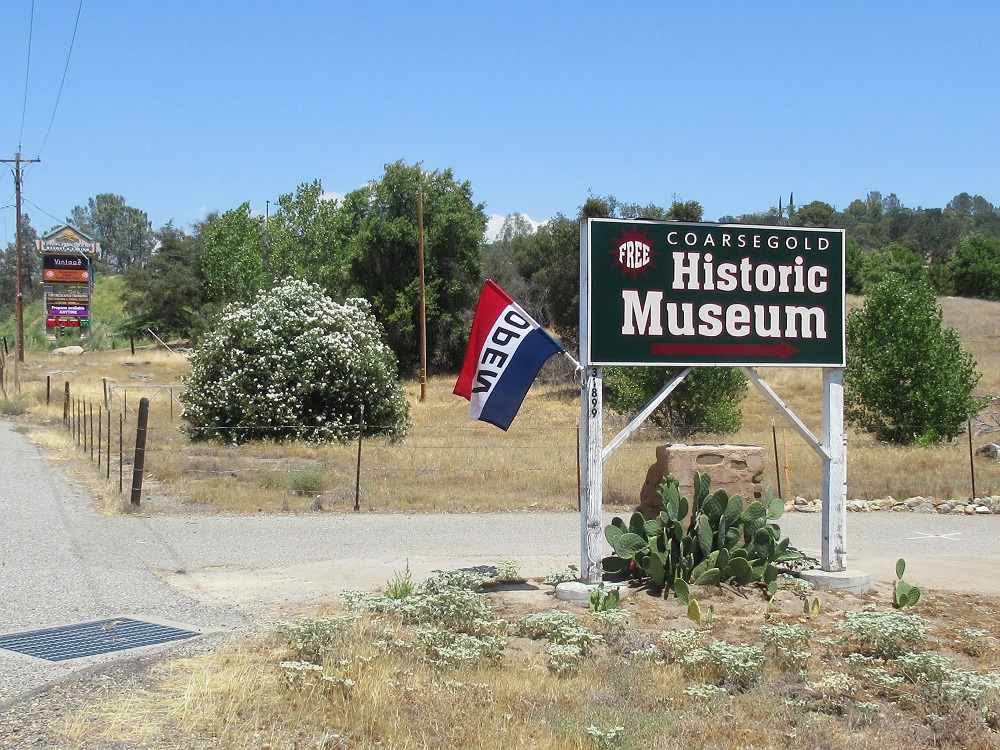
Take a step back into history. The original trail from the 1800s runs right through the two-acre property, and four separate buildings house an extensive collection of items and photographs of historical significance to the area. The property is family- and pet-friendly and the buildings are handicapped accessible, so visitors and travelers of all ages and abilities will enjoy this educational “way station” stop on the way up or down the mountains.
Drive through the gate, over the hill, and park near the Barn. A docent volunteer will greet you, offer you a tour, or explain how to explore on your own.
You can make a quick stop or take your time. We hope you come back often.
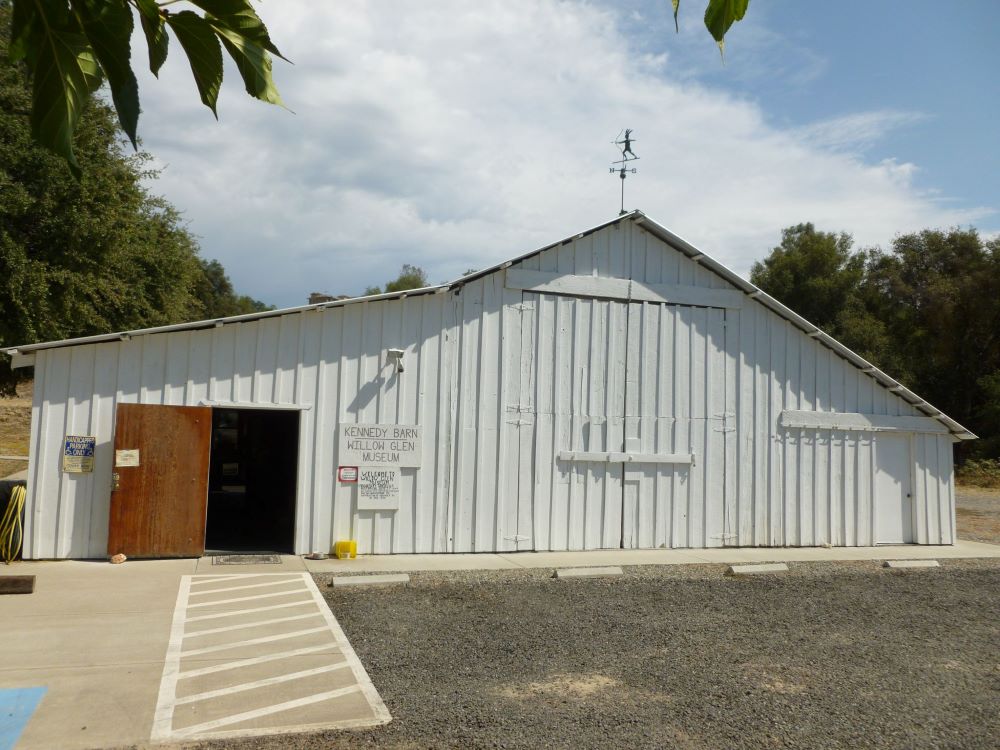
The Kennedy Barn was built by Hazel Kennedy and her son Patrick with lumber that was floated down from the Sugar Pine Lumber Mill. The Barn displays hundreds of historical items, artifacts, and photographs of everyday mountain life dating back to the original Indigenous people, the exciting Gold Rush and Mining era, early pioneer ranching times in and around Coarsegold, and other items relating to the local area.

This historic “packed adobe” is original to the property and was built with rocks and mud in the late 1890s. It served as a way station for freight wagons that brought supplies up the mountains from the valley. Today the Adobe displays antique furnishings and items typical of its rich history.
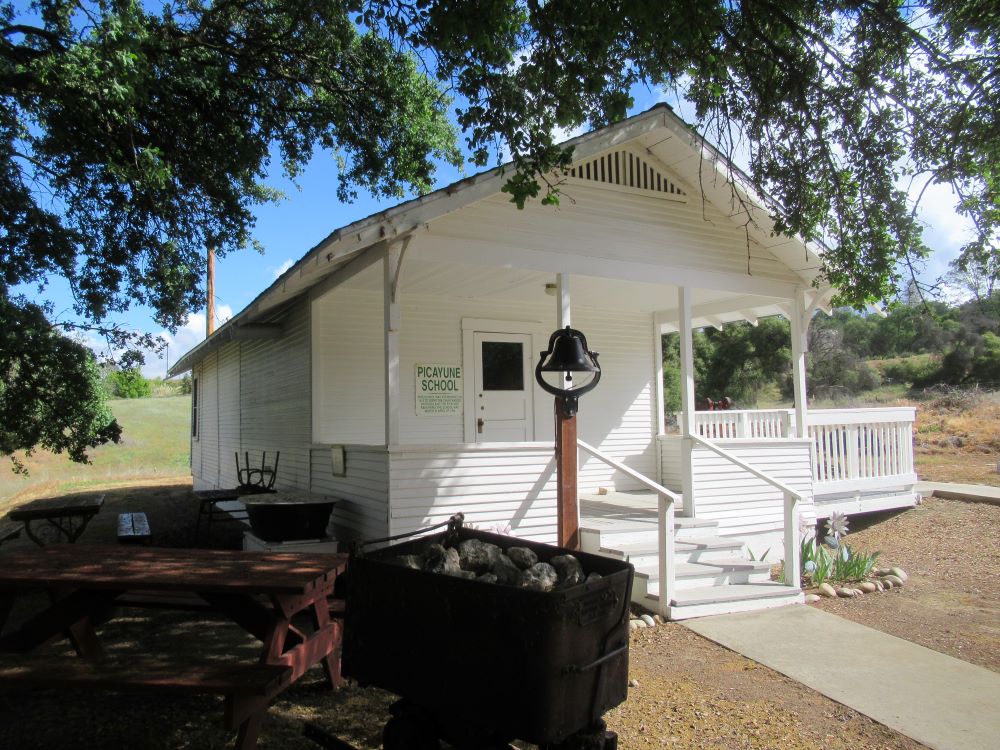
The Picayune School was used by the local Indian children from 1913-1956. It is the only one-room schoolhouse in the local mountain areas that is currently displayed as a school. The schoolhouse is furnished with items dating to the period of its original use.
The picnic area next to the schoolhouse provides welcome shade on hot days in the foothills.
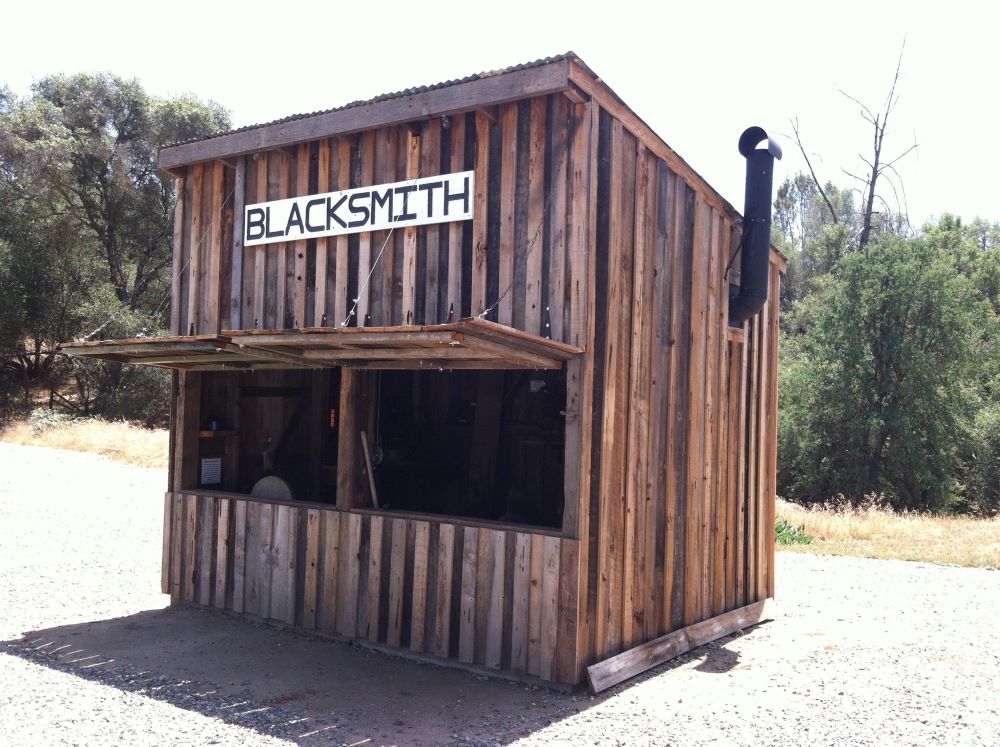
The Blacksmith Shop is functional and was constructed by volunteers in 2012 with 100-year-old cedar planks salvaged from a barn on the Al Veater Ranch in Coarsegold.
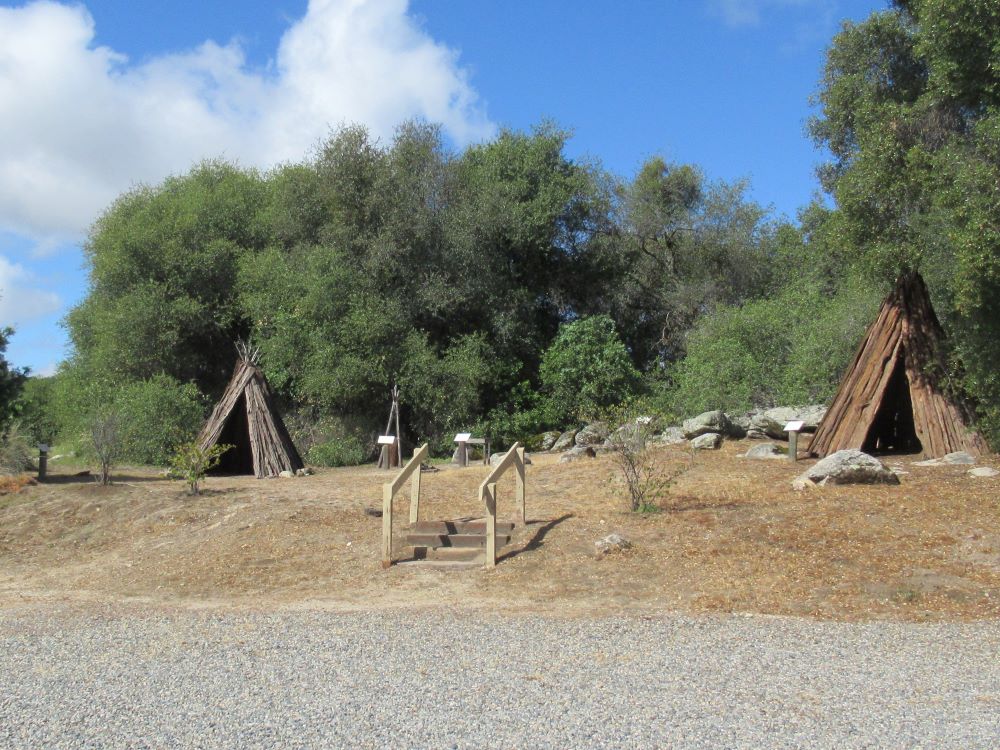
The Native American Village was re-created on the hill beside the Old Adobe by the Morris family in 2010. The site features two cedar bark teepees, 10 grinding holes, an acorn leaching table, a fire pit, and an acorn granary.
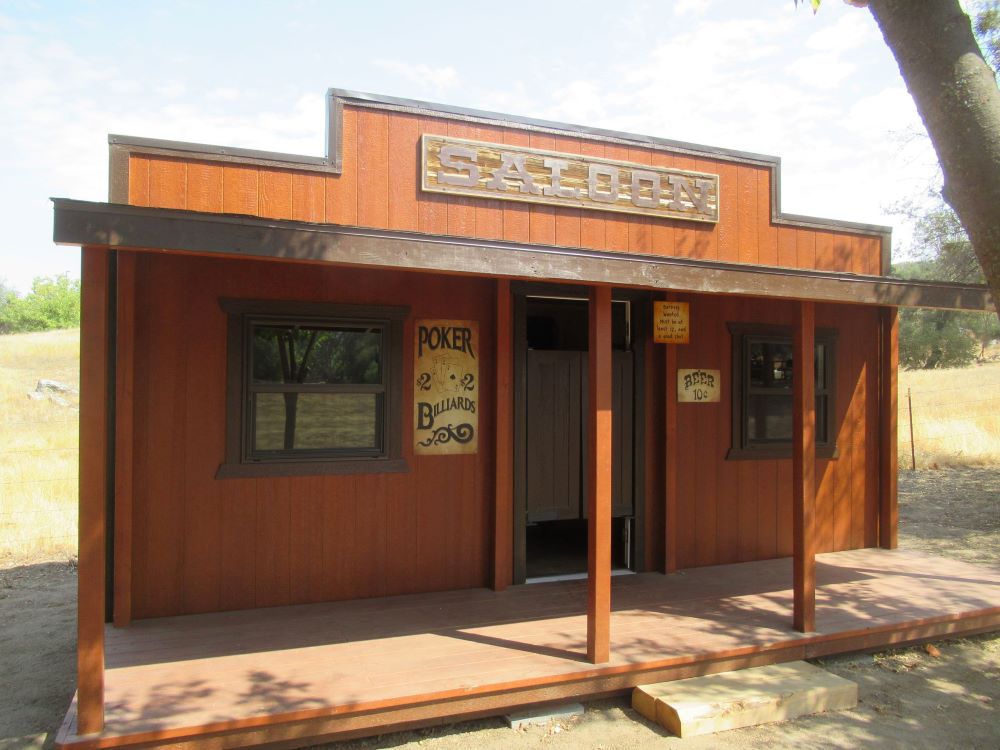
Constructed in 2022, the Old Time Saloon is a perfect backdrop for photos and offers a venue for serving drinks during special events.
